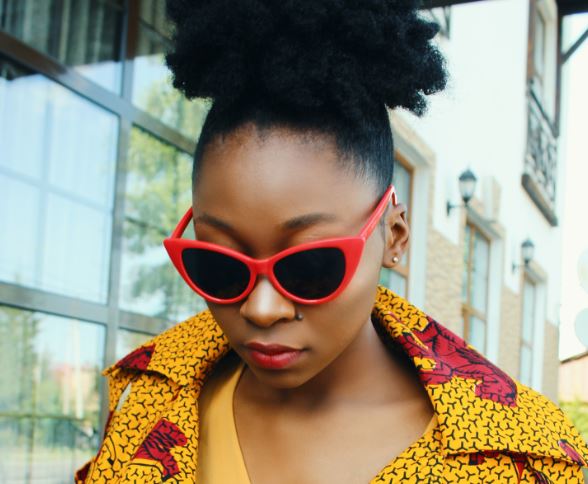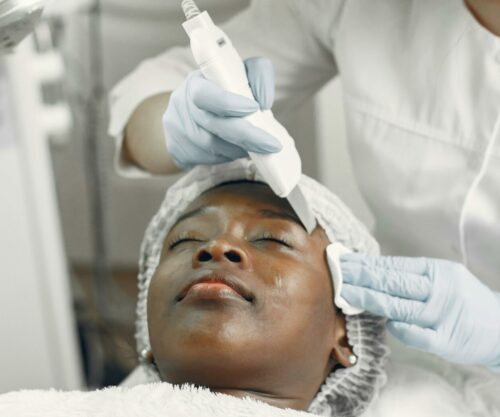
Moles are quite common and can occur anywhere on the skin, either alone or in groups. They are growths on the skin that are usually brown or black. Most moles appear in early childhood and during the first 25 years of your life. It is normal to have between 10–40 moles by adulthood. As the years go by, they usually change, slowly becoming raised and/or changing colour and sometimes, hair develop in them. Some moles may not change while others slowly disappear over time. By Grace Mantjiu
A normal vs cancerous mole
Normal moles are also referred to as naevus, a benign (non-cancerous) melanocytic tumour. Not usually present at birth, they start appearing later in children and teenagers. Biomedical scientist and CEO of BioMedical Emporium, Dr Judey, says most moles will never cause any problems. But, if you have more than 50 normal moles (or more than 5 atypical or “dysplastic” ones), you have a higher risk of developing melanoma, the most aggressive form of skin cancer. A cancerous mole such as melanoma is often irregularly shaped and multi-coloured. The first sign is a change in the size, shape or colour of an existing mole, and it may appear as new or abnormal-looking. Dr Judey says the earlier melanoma is detected, the better the chances of successful treatment. Monthly self-examinations may help with early detection.
SEE ALSO: 3 ways to get rid of dark spots
ABCDE method to spot the symptoms
Asymmetry (A) – One-half of the lesions do not match the other.
Border (B) – It is ragged, notched, blurred or irregular.
Colour (C) – Not uniform and could include shades of brown, black and tan with streaks of red, white or blue.
Diameter (D) – More than 6mm when diagnosed, but possibly smaller.
Evolving (E) – Change in size, shape, colour, thickness or beginning to itch, bleed and form a crust.
SEE ALSO: 3 miracle skincare products you need to know about
Who is at risk?
- You’re at risk if you spend time in the sun, use sun lamps or tanning booths.
- If you smoke.
- If you have fair skin, freckles or skin that burns easily.
- If you have odd or several moles on your body, especially if you’ve had some since birth.
- If you have a family history of skin cancer or certain types of genetic problems that affect the skin.
- If you’ve been treated with radiation.
- If you have a weakened immune system or have had contact with certain chemicals, such as arsenic in drinking water.
When to be concerned
You need to be concerned as soon as a mole starts to change in size, shape or colour. It may also appear as a new or abnormal-looking mole. Check in with a medical professional immediately.
SEE ALSO: DIY charcoal mask
Common treatments
There are various treatments that include surgery, various chemotherapies, immunotherapy (for melanoma skin cancer) and photodynamic therapy (for non-melanoma skin cancer).




